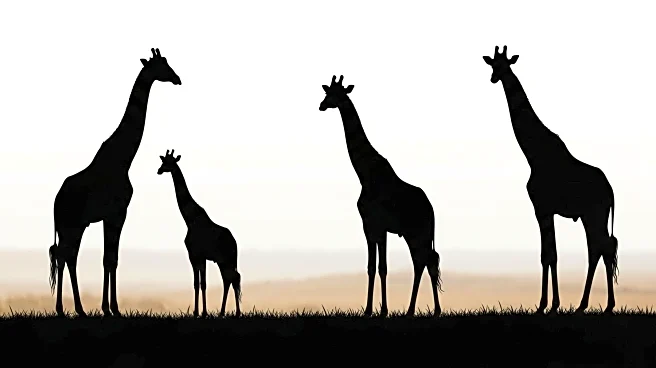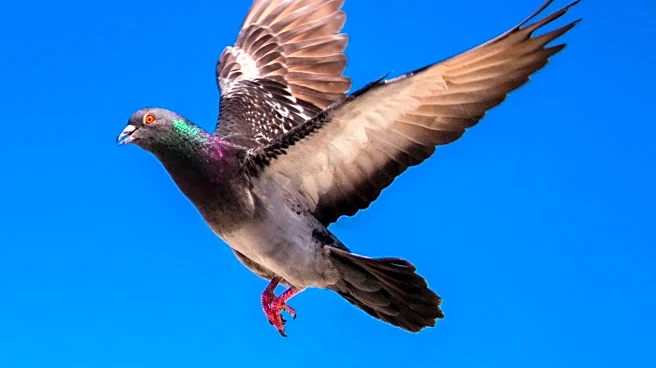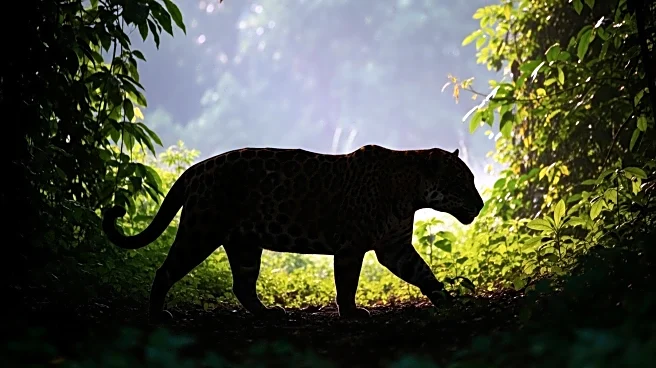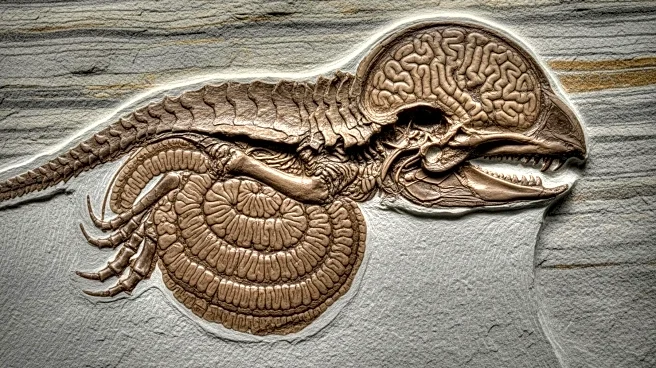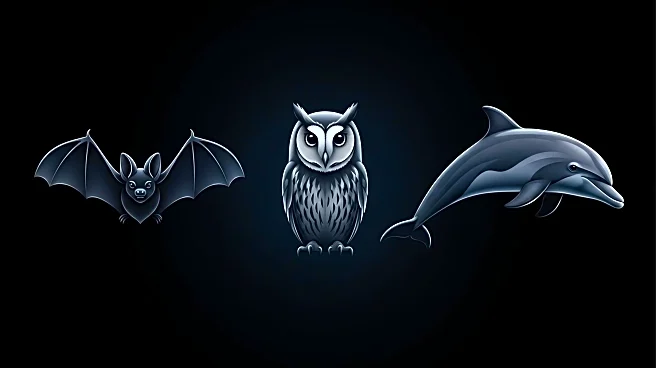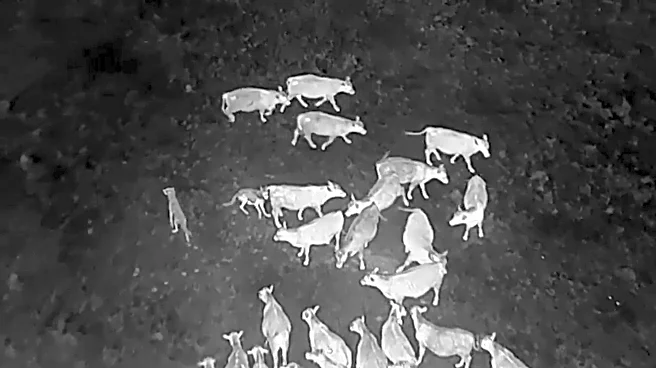What's Happening?
Recent research conducted by the Giraffe Conservation Foundation has revealed that giraffes, traditionally considered a single species, are actually comprised of four distinct species. This discovery was made through extensive DNA analysis of approximately 2,000 samples and examination of over 500 giraffe skulls. The findings, published by the International Union for Conservation of Nature (IUCN), highlight significant genetic differences between the species, greater than those between brown bears and polar bears. This new classification aims to enhance conservation efforts, as giraffes were previously categorized as one species with several subspecies, some of which are endangered or critically endangered.
Why It's Important?
The recognition of four distinct giraffe species is crucial for targeted conservation strategies. Previously, giraffes were listed as vulnerable on the IUCN Red List, with some subspecies marked as endangered. This new classification allows conservationists to focus on species-specific threats and allocate resources more effectively. For instance, the northern giraffe, with only about 7,000 individuals remaining, is one of the most endangered large mammals. The updated classification is expected to facilitate fundraising and awareness campaigns, potentially increasing support for giraffe conservation initiatives.
What's Next?
The Giraffe Conservation Foundation plans to use this new classification to guide future IUCN assessments of endangered species. The foundation hopes that the recognition of distinct species will simplify conservation messaging and attract more funding and support. Efforts will continue to educate the public about giraffes and work towards increasing their populations. The foundation anticipates that this scientific breakthrough will eventually lead to more robust conservation measures and international cooperation to protect these unique species.
Beyond the Headlines
The discovery of four distinct giraffe species may have broader implications for biodiversity conservation. It underscores the importance of genetic research in understanding species diversity and the need for precise classifications in conservation policy. This development could inspire similar studies in other animal groups, potentially leading to more effective conservation strategies globally. Additionally, it highlights the role of scientific research in shaping public awareness and policy decisions regarding endangered species.
